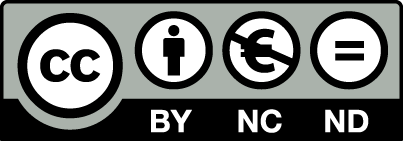Bitte verwenden Sie diesen Link, um diese Publikation zu zitieren, oder auf sie als Internetquelle zu verweisen:
https://hdl.handle.net/10419/242303 Autor:innen:
Erscheinungsjahr:
2019
Quellenangabe:
[Journal:] Development Engineering [ISSN:] 2352-7285 [Volume:] 4 [Publisher:] Elsevier [Place:] Amsterdam [Year:] 2019 [Pages:] 1-10
Verlag:
Elsevier, Amsterdam
Zusammenfassung:
Strong long-term international partnership in science, technology, finance and policy is critical for sustainable field experiments leading to successful commercial deployment of novel technology at community-scale. Although technologies already exist that can remediate arsenic in groundwater, most are too expensive or too complicated to operate on a sustained basis in resource-poor communities with the low technical skill common in rural South Asia. To address this specific problem, researchers at University of California-Berkeley (UCB) and Lawrence Berkeley National Laboratory (LBNL) invented a technology in 2006 called electrochemical arsenic remediation (ECAR). Since 2010, researchers at UCB and LBNL have collaborated with Global Change Program of Jadavpur University (GCP-JU) in West Bengal, India for its social embedding alongside a local private industry group, and with financial support from the Indo-US Technology Forum (IUSSTF) over 2012-2017. During the first 10 months of pilot plant operation (April 2016 to January 2017) a total of 540 m3 (540,000 L) of arsenic-safe water was produced, consistently and reliably reducing arsenic concentrations from initial 252 ± 29 to final 2.9 1 parts per billion (ppb). This paper presents the critical strategies in taking a technology from a lab in the USA to the field in India for commercialization to address the technical, socio-economic, and political aspects of the arsenic public health crisis while targeting several sustainable development goals (SDGs). The lessons learned highlight the significance of designing a technology contextually, bridging the knowledge divide, supporting local livelihoods, and complying with local regulations within a defined Critical Effort Zone period with financial support from an insightful funding source focused on maturing inventions and turning them into novel technologies for commercial scale-up. Along the way, building trust with the community through repetitive direct interactions, and communication by the scientists, proved vital for bridging the technology-society gap at a critical stage of technology deployment. The information presented here fills a knowledge gap regarding successful case studies in which the arsenic remediation technology obtains social acceptance and sustains technical performance over time, while operating with financial viability.
Schlagwörter:
Arsenic
Groundwater
Community-scale safe-water access
Technology dissemination
Sustainable development goals (SDGs)
Arsenic remediation
Social placement of technology
Resource-poor region
India
Groundwater
Community-scale safe-water access
Technology dissemination
Sustainable development goals (SDGs)
Arsenic remediation
Social placement of technology
Resource-poor region
India
Persistent Identifier der Erstveröffentlichung:
Dokumentart:
Article
Erscheint in der Sammlung:
Datei(en):
Datei
Beschreibung
Größe
Format
Publikationen in EconStor sind urheberrechtlich geschützt.

